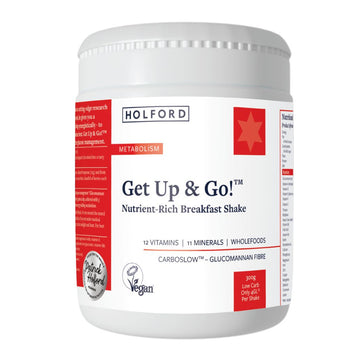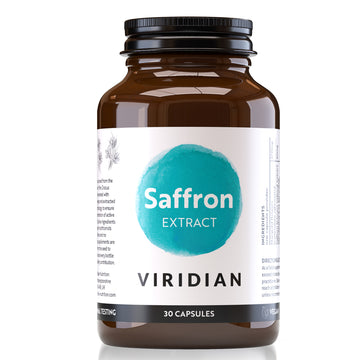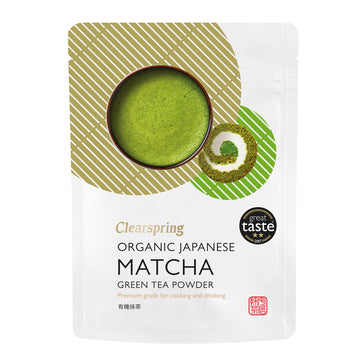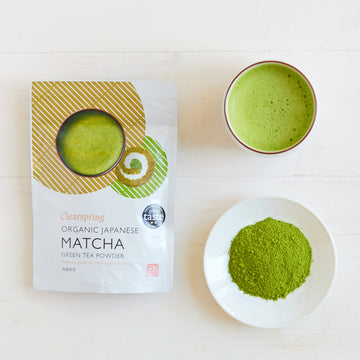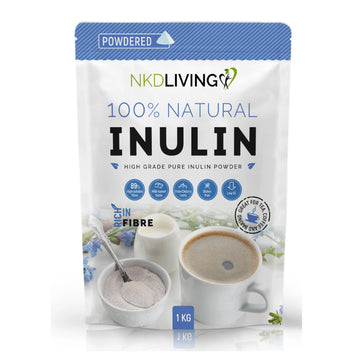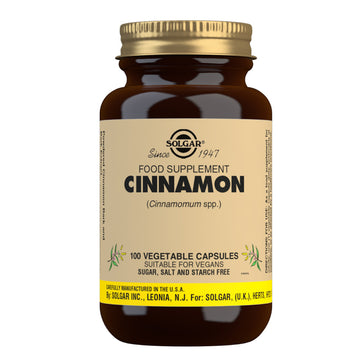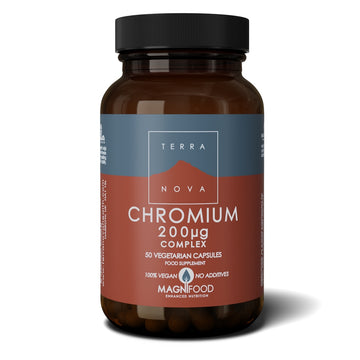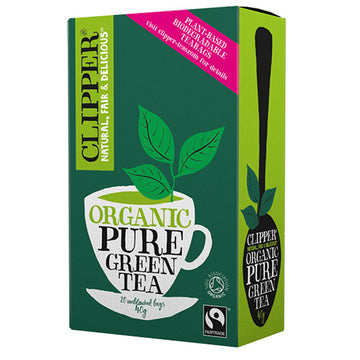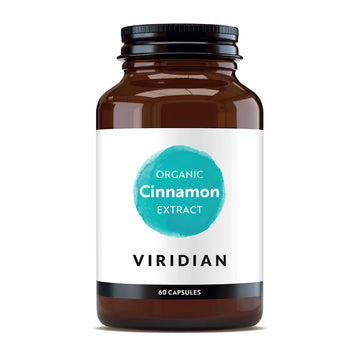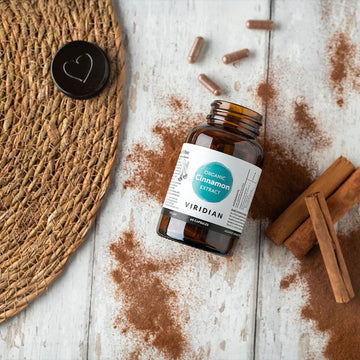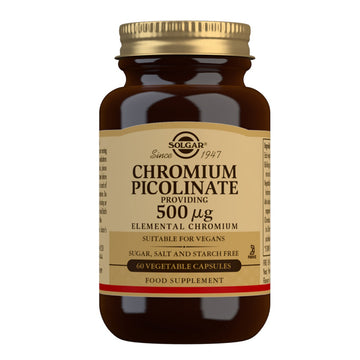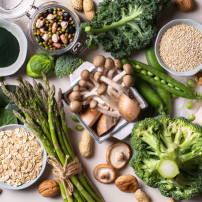At Evergreen we’ve got everything you need
- Food & Lifestyle recommendations
- Nutritional Supplements
- Advice and Educational Information to support your weight loss journey
What is GLP-1?
Glucagon-Like-Peptide-1 is a hormone naturally produced in your body and plays a crucial role in appetite control and blood glucose regulation. In addition, it acts as a versatile helper in your digestive system by:
- slowing digestion
- signalling fullness to your brain
- managing blood glucose levels
- and increases feelings of satiety after meals
This is why researchers are excited about GLP-1 as a potential ally in the fight against type 2 diabetes and obesity.
What GLP-1 Agonists Medications?
GLP-1 mimicking medications like Ozempic®, Mounjaro® and Wegovy®, have become so popular as these medications essentially ‘trick’ your body into feeling full and better regulating blood sugar levels.
By mimicking GLP-1 function in the body, this mechanism makes these medications potentially powerful tools for weight management and metabolic health.
How to produce GLP-1 naturally?
Here's the exciting part, you don't need a prescription to harness the power of GLP-1. Adding certain foods to your diet can naturally stimulate increased production of GLP-1 in your gastrointestinal tract.
Here are some food, supplement and lifestyle suggestions we can use to tap into the body's natural processes for controlling appetite and maintaining stable blood sugar levels by stimulating GLP-1 through the foods you eat and supplements you choose. Each of these work individually or in combination in their own unique way to upregulate your natural GLP-1 production which has many positive benefits for weight management and blood sugar regulation:
1. Prebiotics & Fibre
Inulin and Glucomannan have floated to the top when it comes to specific type of dietary fibre that can influence the production of the hormone GLP-1 (glucagon-like peptide-1) in the gut.
Inulin
Inulin is a non-digestible fibre that passes through the small intestine and reaches the colon where it's fermented by gut bacteria. This fermentation process produces Short Chain Fatty Acids (SCFA’s), such as butyrate, acetate, and propionate. It is these SCFA’s that can stimulate the release of GLP-1 from L-cells in the intestines thus helping with weight management and blood glucose balance.
Delzenne NM, Cani PD, Neyrinck AM. Modulation of glucagon-like peptide 1 and energy metabolism by inulin and oligofructose: experimental data. J Nutr. 2007 Nov;137(11 Suppl):2547S-2551S. doi: 10.1093/jn/137.11.2547S. PMID: 17951500.
Guess, N.D., Dornhorst, A., Oliver, N. et al. A randomized controlled trial: the effect of inulin on weight management and ectopic fat in subjects with prediabetes. Nutr Metab (Lond) 12, 36 (2015). https://doi.org/10.1186/s12986-015-0033-2
Glucomannan
Glucomannan is a highly viscous, soluble fibre that absorbs a large amount of water, forming a gel-like substance in the digestive tract. This gel can help promote feelings of fullness and reduce appetite, potentially leading to lower calorie intake. Glucomannan can slow down the rate at which food leaves the stomach, which may also contribute to a feeling of satiety and help regulate blood sugar levels.
Xiaoying Jian, Shiyan Jian, Baichuan Deng, Konjac Glucomannan: A functional food additive for preventing metabolic syndrome, Journal of Functional Foods, Volume 115, 2024, 106108, https://doi.org/10.1016/j.jff.2024.106108
Ghosh, A., Mohol, P. & Ghosh, S. Konjac glucomannan as an emerging nutritional strategy for obesity control via gut microbiota and metabolic regulation. Discov Food 5, 222 (2025). https://doi.org/10.1007/s44187-025-00533-0
2. Nutraceutical Support
Cinnamon and Chromium are often combined to maximise the benefits of this herb and mineral with regards to insulin regulation, appetite suppression and reducing sweet cravings.
Cinnamon
Studies have indicated that the herb cinnamon, can increase GLP-1 levels in the body. This increase in GLP-1 may contribute to the observed decrease in insulin levels after cinnamon consumption, even without a significant change in blood glucose levels.
Joanna Hlebowicz, Anna Hlebowicz, Sandra Lindstedt, Ola Björgell, Peter Höglund, Jens J Holst, Gassan Darwiche, Lars-Olof Almér, Effects of 1 and 3 g cinnamon on gastric emptying, satiety, and postprandial blood glucose, insulin, glucose-dependent insulinotropic polypeptide, glucagon-like peptide 1, and ghrelin concentrations in healthy subjects, The American Journal of Clinical Nutrition, Volume 89, Issue 3, 2009, Pages 815-821, https://doi.org/10.3945/ajcn.2008.26807
Chromium
Chromium is a mineral that may improve insulin sensitivity and help the body use insulin more effectively. Researched and recommended to use as a supplement to improve insulin sensitivity and blood sugar control.
Cinnamon and Chromium are often combined to maximise the benefits of this herb and mineral with regards to insulin regulation, appetite suppression and reducing cravings.
Khodavirdipour A, Haddadi F, Keshavarzi S. Chromium Supplementation; Negotiation with Diabetes Mellitus, Hyperlipidemia and Depression. J Diabetes Metab Disord. 2020 Mar 5;19(1):585-595. doi: 10.1007/s40200-020-00501-8. PMID: 32550211; PMCID: PMC7270423.
Mei Peng, Xiaoping Yang, Controlling diabetes by chromium complexes: The role of the ligands, Journal of Inorganic Biochemistry, Volume 146, 2015, Pages 97-103, https://doi.org/10.1016/j.jinorgbio.2015.01.002.
3. Herbal Support
These two well-known herbs play a significant role in regulating appetite and blood glucose as well as satiety and fullness.
Green Tea – EGCG
Green tea is known for its antioxidant properties and potential benefits for blood sugar management, heart health, and even some weight management, potentially through its antioxidant and anti-inflammatory properties. However, while green tea may offer some support for GLP-1 levels and overall health, it's not a natural alternative to GLP-1 medications for weight loss.
Cheoljun Choi, Juhyeong Han, Yeonho Son, Sungug Joo, Soojin Kwon, Yun-Hee Lee, Green tea extract exhibits antidiabetic effects partly through regulating dipeptidyl peptidase-4 expression in adipose tissue, The Journal of Nutritional Biochemistry, Volume 111, 2023, 109173, https://doi.org/10.1016/j.jnutbio.2022.109173
Healthline, 2025, How Green Tea Can Help You Lose Weight https://www.healthline.com/nutrition/green-tea-and-weight-loss (Accessed 16th July 2025)
Saffron
Saffron and GLP-1 (Glucagon-like peptide-1) are both related to weight management and metabolic health, but they work through different mechanisms. Saffron is believed to reduce appetite and potentially increase feelings of fullness, which can contribute to weight loss. In addition, saffron has been shown to have mood-boosting effects, which may help individuals stay motivated with their weight loss journey.
Changkeun Kang, Hyunkyoung Lee, Eun-Sun Jung, Ramin Seyedian, MiNa Jo, Jehein Kim, Jong- Shu Kim, Euikyung Kim, Saffron (Crocus sativus L.) increases glucose uptake and insulin sensitivity in muscle cells via multipathway mechanisms, Food Chemistry, Volume 135, Issue 4, 2012, Pages 2350-2358, https://doi.org/10.1016/j.foodchem.2012.06.092.
Ebrahimi F, Sahebkar A, Aryaeian N, Pahlavani N, Fallah S, Moradi N, Abbasi D, Hosseini AF. Effects Of Saffron Supplementation On Inflammation And Metabolic Responses In Type 2 Diabetic Patients: A Randomized, Double-Blind, Placebo-Controlled Trial. Diabetes Metab Syndr Obes. 2019 Oct 14;12:2107-2115. doi: 10.2147/DMSO.S216666. PMID: 31686882; PMCID: PMC6798815.
Lifestyle Recommendations
- Drink up to 2 Litres of water daily.
- Regular eating windows every day:
- Breakfast 8-10am
- Lunch 12-2pm
- Dinner 6-8pm
- ‘Break your fast’ with Fats and Proteins.
- Focus on nutrient dense yet calorie poor foods.
- Move your body regularly – 3-5 times a week.
- Post prandial walks to minimise blood sugar spikes.
- Prioritise Sleep aim for a minimum of 6-8hrs a night.
Do you want to know more about GLP-1? Continue the blog series with What’s The Best Diet To Follow While Taking GLP-1 Agonists?
Reference List
-
Bloom SR, Katsilambros N. Eating slowly increases the postprandial response of the anorexigenic gut hormones, peptide YY and glucagon-like peptide-1. J Clin Endocrinol Metab. 2010 Jan;95(1):333-7. doi: 10.1210/jc.2009-1018. Epub 2009 Oct 29. PMID: 19875483.
-
Bodnaruc AM, Prud'homme D, Blanchet R, Giroux I. Nutritional modulation of endogenous glucagon-like peptide-1 secretion: a review. Nutr Metab (Lond). 2016 Dec 9;13:92. doi: 10.1186/s12986-016-0153-3. PMID: 27990172; PMCID: PMC5148911.
-
Chen, I.-J., Liu, C.-Y., Chiu, J.-P., & Hsu, C.-H. (2016). Therapeutic effect of high-dose green tea extract on weight reduction: A randomized, double-blind, placebo-controlled clinical trial. Clinical Nutrition, 35(3), 592–599. https://doi.org/10.1016/j.clnu.2015.05.003
-
Guyton, J., Jeon, M., & Brooks, A. (2019). Glucagon-like peptide 1 receptor agonists in type 1 diabetes mellitus. American Journal of Health-System Pharmacy, 76(21), 1739–1748. https://doi.org/10.1093/ajhp/zxz179
-
Hamasaki H. Exercise and glucagon-like peptide-1: Does exercise potentiate the effect of treatment? World J Diabetes. 2018 Aug 15;9(8):138-140. doi: 10.4239/wjd.v9.i8.138. PMID: 30147850; PMCID: PMC6107470.
-
HSE, 2024, What is type 2 Diabetes? https://www2.hse.ie/conditions/type-2- diabetes/about/what-is/ (Accessed 9th July 2025)
-
Kahn, S.E., Hull, R.L. and Utzschneider, K.M. (2021) ‘Hyperinsulinemia in obesity, inflammation, and cancer’, Journal of Clinical Investigation, 131(7), e8164941.
-
Kokkinos A, le Roux CW, Alexiadou K, Tentolouris N, Vincent RP, Kyriaki D, Perrea D, Ghatei MA, Koliaki, C., & Doupis, J. (2011). Incretin-based therapy: a powerful and promising weapon in the treatment of type 2 diabetes mellitus. Diabetes Therapy, 2(2), 101–121. https://doi.org/10.1007/s13300-011-0002-3
-
New York Times, 2025, Daily Pill May Work as Well as Ozempic for Weight Loss and Blood Sugar https://www.nytimes.com/2025/04/17/health/pill-glp-1-eli-lilly.html (Accessed 14th July 2025)
-
NIH, 2025, Insulin Resistance & Prediabetes https://www.niddk.nih.gov/health- information/diabetes/overview/what-is-diabetes/prediabetes-insulin- resistance#:~:text=Insulin%20resistance%20means%20that%20cells,extra%20glucose%20en ter%20your%20cells. (Accessed 9th July 2025)
-
Reutrakul S, Sumritsopak R, Saetung S, Chanprasertyothin S, Anothaisintawee T. The relationship between sleep and glucagon-like peptide 1 in patients with abnormal glucose tolerance. J Sleep Res. 2017 Dec;26(6):756-763. doi: 10.1111/jsr.12552. Epub 2017 May 31. PMID: 28560837.
-
Schernthaner-Reiter MH, Wolf P, Vila G, Luger A. The Interaction of Insulin and Pituitary Hormone Syndromes. Front Endocrinol (Lausanne). 2021 Apr 28;12:626427. doi: 10.3389/fendo.2021.626427. PMID: 33995272; PMCID: PMC8113952.
-
Smith, N. K., Hackett, T. A., Galli, A., & Flynn, C. R. (2019). GLP-1: Molecular mechanisms and outcomes of a complex signaling system. Neurochemistry International, 128, 94–105. https://doi.org/10.1016/j.neuint.2019.04.010
-
Wang, X. et al. (2015) ‘Multiple factors related to the secretion of glucagon-like peptide-1’, International Journal of Endocrinology, 2015, pp.1–11. doi:10.1155/2015/651757.
-
Yao, H., et al., Comparative effectiveness of GLP-1 receptor agonists on glycaemic control, body weight, and lipid profile for type 2 diabetes: systematic review and network meta- analysis, BMJ 2024; 384 doi: https://doi.org/10.1136/bmj-2023-076410 (Published 29 January 2024).
-
Zheng, Z. et al. (2024) ‘Glucagon-like peptide-1 receptor: mechanisms and advances in therapy’, Signal Transduction and Targeted Therapy, 9(1), pp.1–29. doi:10.1038/s41392-024- 01931-z.
-
Zushin, Peter-James H et al., Evaluating the benefits of the early use of GLP-1 receptor agonists, The Lancet, Volume 405, Issue 10474, 181 – 183.




